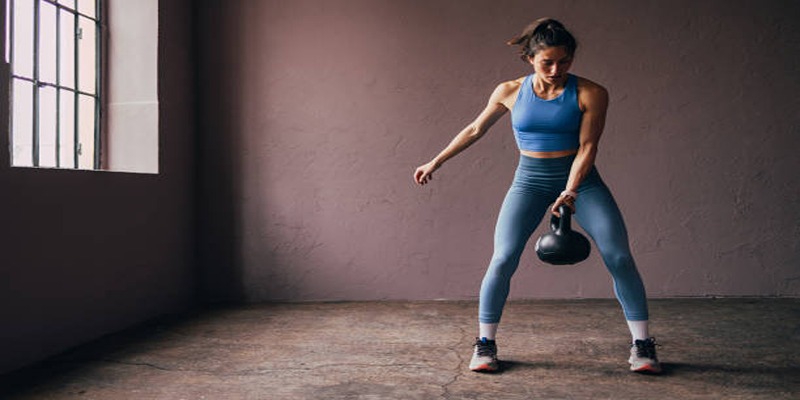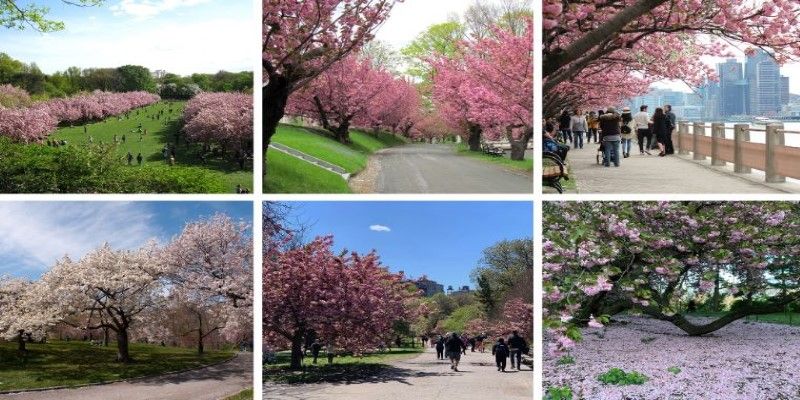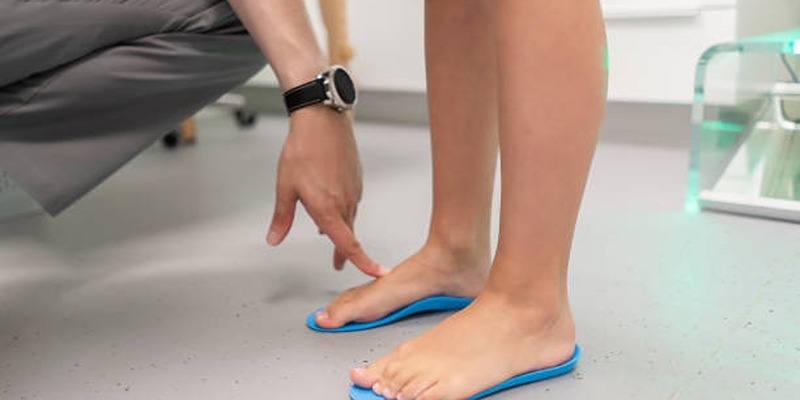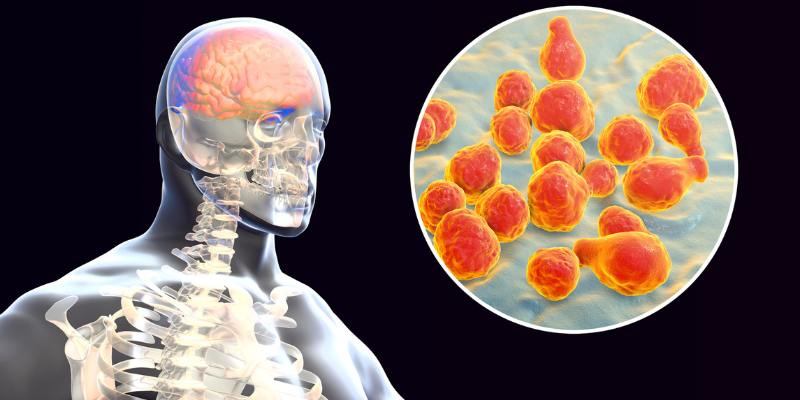The Truth About Facial Exercises: Can They Reverse Signs of Aging?
Advertisement
Facial practice, often called "face yoga", has gained popularity as a non-invasive method for fighting aging signs in recent years. These exercises have been targeted to tone repetitive movements, targeted muscle engagement and strengthen face muscles, with supporters who claim benefits such as smaller wrinkles, better skin elasticity and more youthful appearance. While some enthusiastic people credit face practice to produce visual results, skeptics claim that scientific evidence supporting these claims is limited.
What Are Facial Exercises?
Facial exercises, often referred to as "face yoga" or "facial toning," are intentional movements and stretches designed to strengthen and tone the muscles of the face and neck. Doctors suggest that these exercises can boost muscle elasticity, enhance blood flow, and stimulate collagen production, resulting in a firmer, more youthful appearance. Popular techniques include puffing out the cheeks, raising the eyebrows, and creating exaggerated smiles or frowns.
The Science Behind Facial Exercises
The human face contains over 40 muscles that naturally weaken and lose elasticity as we age, contributing to sagging skin, fine lines, and wrinkles. Facial exercises aim to counteract these effects by stimulating muscle activity and increasing blood flow to the skin.
A 2018 study published in JAMA Dermatology revealed promising results. Participants who performed 30 minutes of facial exercises daily for 20 weeks reported noticeable improvements in facial fullness and a reduction in visible signs of aging. Researchers suggested these exercises could be a non-invasive alternative to treatments like fillers or surgery.
However, the scientific community remains divided. While advocates argue that enhanced muscle tone can improve facial appearance, critics highlight their limitations. Facial exercises cannot address other critical contributors to aging, such as fat loss, bone density reduction, or diminished collagen.
Benefits of Facial Exercises:
When practiced correctly and consistently, facial exercises can offer a range of compelling benefits:
- Boosted Circulation: By increasing blood flow to the face, these exercises deliver essential oxygen and nutrients to the skin, promoting a healthy, radiant glow.
- Stress Relief: Many facial exercises incorporate relaxation techniques that ease tension and stress, potentially reducing the appearance of wrinkles caused by stress.
- Non-Invasive and Cost-Effective: Unlike cosmetic procedures or injectables, facial exercises require no expensive equipment or treatments, making them an affordable alternative.
- Heightened Mind-Body Awareness: Regular practice can help you become more mindful of facial habits—like frowning or squinting—that contribute to premature aging, empowering you to make positive changes.
Limitations of Facial Exercises:

While facial exercises offer certain benefits, they are far from a magic solution for aging. Here are some key limitations to keep in mind:
- Unpredictable Results: The effectiveness of facial exercises varies widely between individuals. Factors such as genetics, skin type, and lifestyle choices all play a role in determining how well they work.
- Time-Intensive: Visible results require consistent practice over weeks or even months. For many, maintaining this level of dedication can be difficult.
- Risk of Overdoing It: Excessive or improper facial exercises can strain muscles and may even worsen wrinkles. It’s crucial to learn proper techniques and avoid overworking the facial muscles.
- Minimal Impact on Skin Health: While these exercises focus on strengthening facial muscles, they don’t directly improve skin quality. Issues like sun damage, uneven texture, or collagen loss remain unaddressed.
- Not a Replacement for Professional Treatments: For more pronounced signs of aging, such as deep wrinkles or severe sagging, facial exercises alone may fall short.
How to Add Facial Exercises to Your Routine?
Thinking about trying facial exercises? Here’s how to get started the right way:
- Master the Techniques: Avoid improper movements that could do more harm than good. Seek guidance from a certified facial exercise coach or follow trusted online tutorials to ensure you’re practicing correctly.
- Ease Into It: Start with a few simple exercises and gradually increase their intensity and duration as your facial muscles strengthen over time.
- Stay Consistent: Dedicate 10–15 minutes each day to your practice. Consistency is essential for achieving noticeable results.
- Pair with a Healthy Lifestyle: For best results, combine facial exercises with a nutrient-rich diet, proper hydration, and a solid skincare routine.
- Pay Attention to Your Body: If you feel pain or discomfort, stop immediately.
Holistic Anti-Aging Strategies:

Facial exercises are a great way to tone and strengthen your facial muscles, enhancing your anti-aging routine. However, for optimal results, they work best when paired with other proven methods. Here are key strategies to help you maintain youthful, radiant skin:
1. Skincare Essentials
Invest in high-quality skincare products packed with effective ingredients. Retinoids can improve skin texture and reduce fine lines, antioxidants fight free radicals to prevent damage, and hyaluronic acid deeply hydrates and restores skin elasticity. A consistent skincare regimen—including cleansing, moisturizing, and exfoliating—is vital for healthy, glowing skin.
2. Stay Hydrated
Hydration is the secret to glowing, youthful skin! Sip on at least eight glasses of water a day and snack on hydrating goodies like cucumbers, watermelon, and oranges. Staying hydrated doesn’t just flush out toxins—it gives your skin that plump, dewy look while smoothing out wrinkles and fine lines. Drink up and let your skin shine!
3. Nourish with a Balanced Diet
Feed your skin from the inside out with a diet rich in vitamins, minerals, and healthy fats. Include plenty of fruits, vegetables, nuts, seeds, and omega-3-rich foods like salmon. These nutrients repair skin damage, maintain collagen levels, and improve overall skin tone and texture.
4. Protect Against the Sun
Daily use of sunscreen is one of the most effective ways to combat premature aging. Opt for a broad-spectrum sunscreen with at least SPF 30 and reapply throughout the day, particularly when outdoors. Enhance protection by wearing hats, sunglasses, and protective clothing to shield your skin from harmful UV rays, which can cause wrinkles, sunspots, and other signs of damage.
5. Consider Professional Treatments
For more advanced signs of aging, consult a dermatologist or aesthetician. Treatments like chemical peels, dermaplaning, laser therapies, or Botox can target specific concerns such as fine lines, pigmentation, or sagging skin. Regular professional care ensures your skin gets the attention it needs as you age gracefully.
Conclusion:
Facial exercises can be a valuable way to improve muscle tone and enhance your face's overall appearance. While they won’t completely erase the signs of aging, regular practice can help promote a firmer, more youthful look. That said, it’s important to set realistic expectations—facial exercises are just one part of the anti-aging equation. The best results come from a well-rounded approach, combining consistent skincare, a healthy lifestyle, and professional treatments when needed.
On this page
What Are Facial Exercises? The Science Behind Facial Exercises Benefits of Facial Exercises: Limitations of Facial Exercises: How to Add Facial Exercises to Your Routine? Holistic Anti-Aging Strategies: 1. Skincare Essentials 2. Stay Hydrated 3. Nourish with a Balanced Diet 4. Protect Against the Sun 5. Consider Professional Treatments Conclusion:Advertisement












